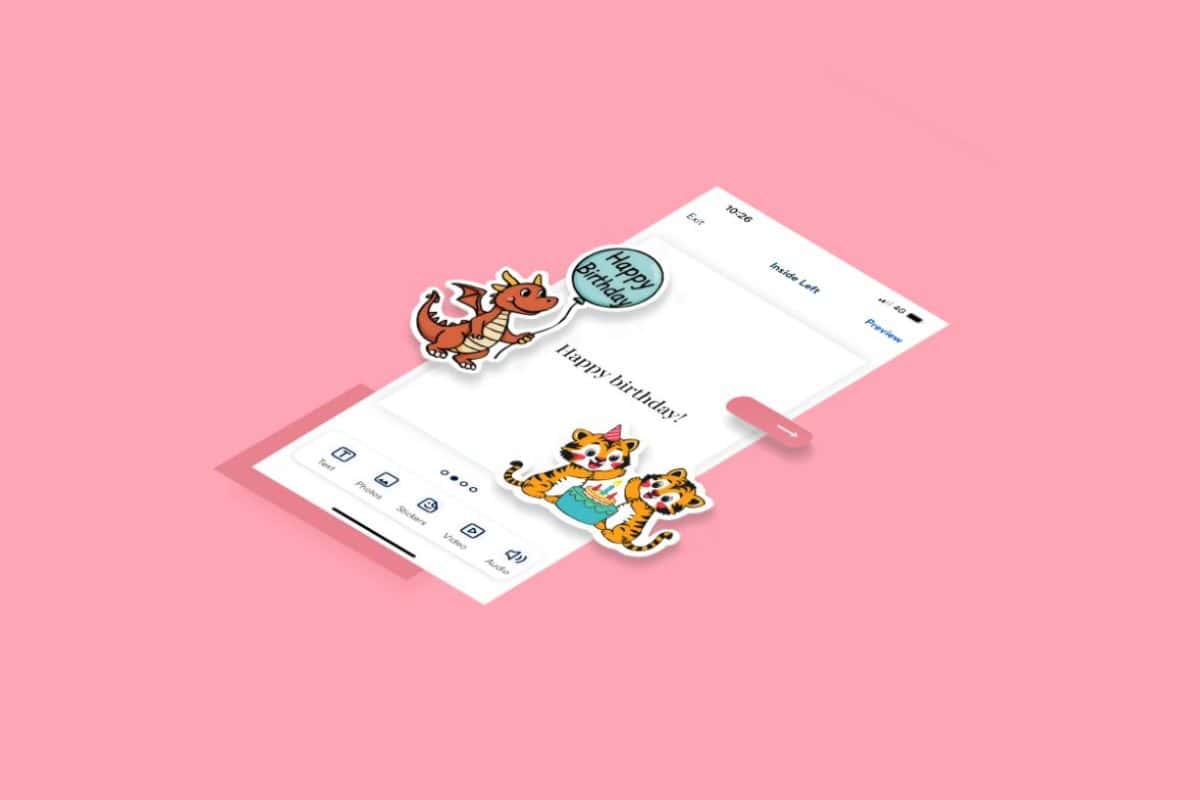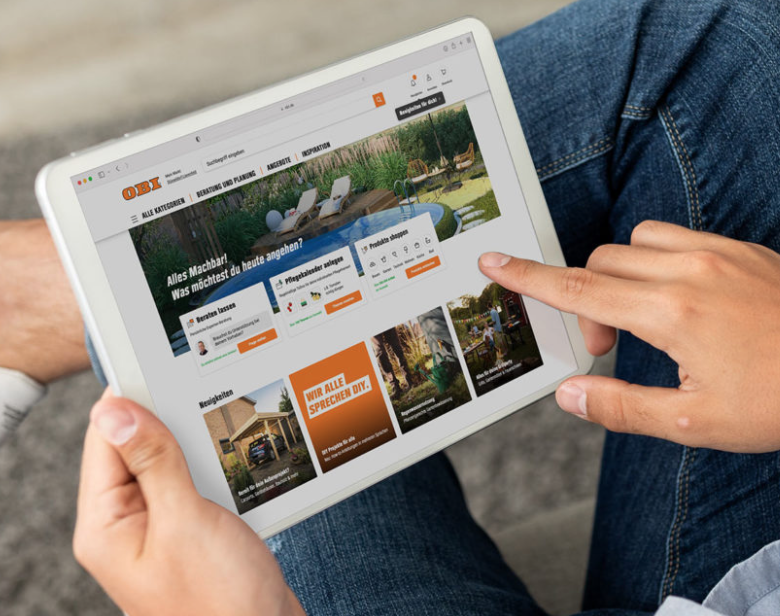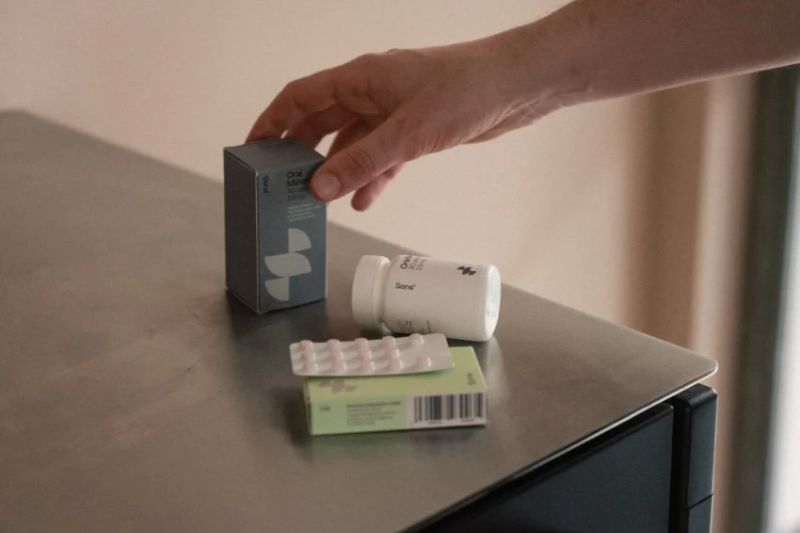How the mighty have fallen.
Christmas 2014: click-and-collect saved the day, without it the already over-stretched home delivery networks of UK retailers would have collapsed.
Christmas 2015: shoppers left to wait in frustration as in-store click-and-collect counters struggle with ever-lengthening queues of people, and constantly growing piles of parcels.
What happened? Essentially, click-and-collect – and in this context I really am focussing collection from retailers’ own stores – became a victim of its own success. Regular Waitrose shoppers picking up their John Lewis online purchases while stocking up on quinoa and special reserve aged balsamic vinegar couldn’t fail to have been seduced by the convenience offered. Retailer after retailer started enhancing and promoting their in-store collection service, and in a seemingly endless run of annual results summaries it transpired they’d all gone down rather well.
But the downside of popularity is that it tends to involve droves of people. While I’ve never personally sampled the delights of special reserve aged balsamic vinegar, I have been known to order from the John Lewis website and collect from my nearby Waitrose, and have found it to be endearingly handy. However, it start to feel like one of Dante’s missing circles when I tried it in the week before Christmas. But no matter how frustrating it was for me and the many sighing people I was queuing with, it had to have been exponentially worse for the staff trying to deal with us.
As is the way with a topic such as delivery and fulfilment, it is sometimes hard to separate personal from professional, and so it was that way back then in December the idea that click-and-collect is broken started to bubble away in a poorly-lit corner of my mind.
Since then I’ve talked to many people in the industry and having collated the thoughts, views and opinions of people who see the collection market from different perspectives, I’m publishing a mini series of features asking whether in-store collection is still fit for purpose.
It’s a theme that came up at April’s eDelivery Expo (EDX16), too.
Speaking in one of the panel debates, Dave Crellin, head of online operations development at Sainsbury’s described click-and-collect as a “niche”, going on to say: “It serves some customer missions, some products but not all. The idea of a really nice, tight delivery slot for a product that suits you, logically must trump collection. Click-and-collect has a part to play, probably more in non-food than food, but also food. There are various stats rolling around on how fast click and collect will grow – it’s entirely predicated on the quality of the experience.”
The quality of the customer experience is crucial, especially if you accept that collection is a compromise and home delivery is really what everyone wants as their first choice. Neil Ashworth, CEO of CollectPlus sees this as a bit of a litmus test on the extent to which retailers consider things from the customer perspective. “What’s the value I’m getting, as the shopper, the customer, for the collection fee I have to pay? How does the service I’m getting compare wit the convenience of a home delivery?”
Ashworth also makes the point that the location of a retailer’s collection counter tells you a lot. “Increasingly, retailers are looking at the pressures on their collection networks and how those networks are resourced and supported. Traditionally, they’ve tended to be bolted on to the retail offer. In fact, in many cases this is still being viewed as a storage problem, which is why you find some collection counters at the back of the store. But it isn’t, this is actually a customer service concern.”
For retailers still measuring yield per square foot of shop floor, the idea of giving prominence to a collection counter must feel like the lunatics taking over the asylum.
But the world has moved on, and nowhere is that more evident than in the retail sector which has undergone a great deal of change in the last 10-15 years. Retail is no longer linear in nature; shoppers can go online and buy whatever they want from wherever they choose, whenever they feel like it.
Collection points in stores are of huge significance to an army of shoppers who want to blend in-store and online interactions – for some they are the most visible physical points of contact they have with a retailer, and ought to be treated as such.
Those retailers that don’t see it that way are using 2D metrics to evaluate a 3D world – and that won’t work.
Other speakers at EDX16, such as Richard Locke, head of general merchandising at Ocado, were also somewhat sceptical of the role of click-and-collect.
“Click and collect is solving the problem of delivering to someone when they’re not in – the real solution is to deliver to them where they are, when they are,” he said. “Click-and-collect will hopefully see a decline – I’d like to see that – I’d like to see us getting things to people when they want them. I’d like to see people being more demanding, saying you come here when I want you to, and more fussy.”
Speaking in the same panel as Sainsbury’s Dave Crellin, Lana Jackson, head of customer proposition and delivery at New Look said click-and-collect might be seen by some customers as preferable because it’s cheap, or in some cases free, saying that New Look click-and-collect basket sizes are “significantly lower” than for home delivery. “That says to me that customers are selecting that for free delivery at a lower threshold rather than for convenience,” she told the EDX16 audience.
Low-cost options tend to have an image problem: low perceived value. It can be challenging to elevate them to a point where they are seen to be offering a value worth paying a fee for – a fee that actually relates to the cost involved, rather than a nominal sum.
The challenges facing in-store collection are several, this much is clear. What is less clear is how well these services will perform under duress later this year.
In coming weeks, I’ll return to this topic and explore a range of views and opinions. In the meantime, if you would like to get involved in the conversation, please get in touch.
You can leave a comment here, drop me an email, or better still follow this conversation in the eDelivery LinkedIn Group.








